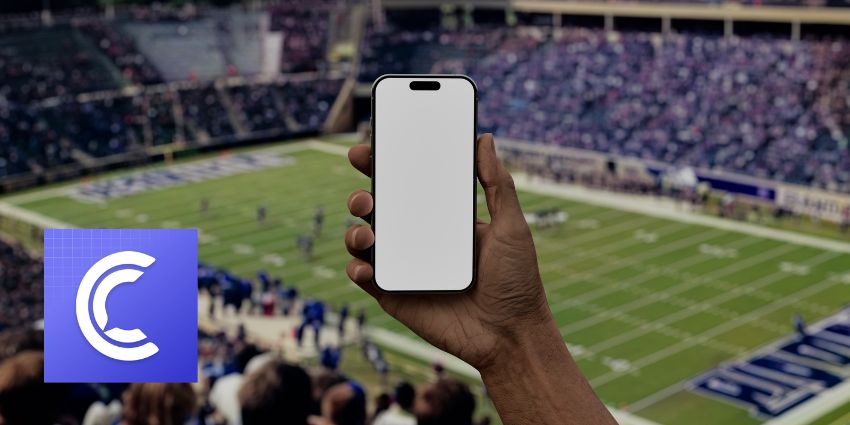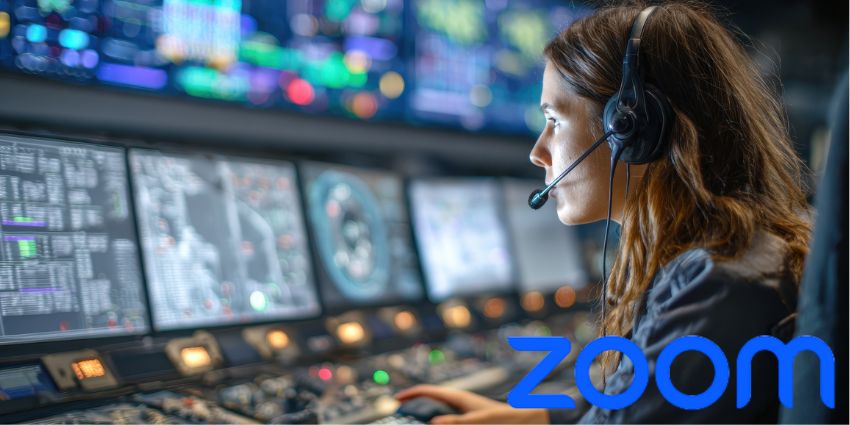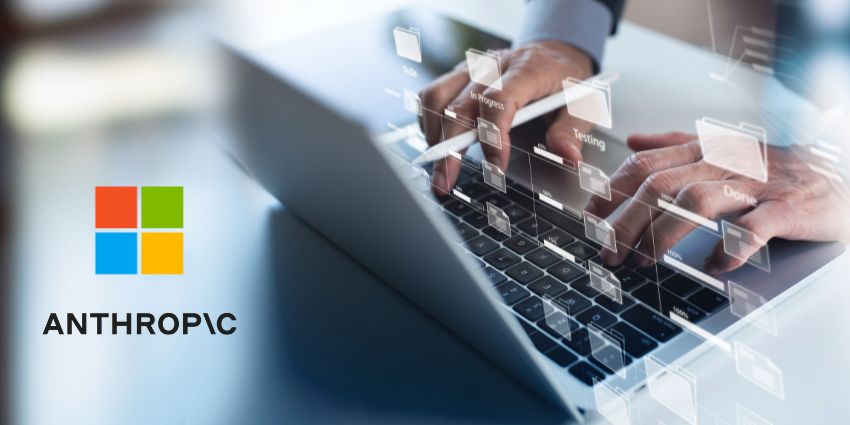AI as a chatbot. AI as an assistant or copilot. AI as an agent.
What might be the next enterprise milestone for the landmark technological breakthrough of its generation?
How about—AI, the orchestrator?
That’s the next goal for Asana, the work management business that’s successfully embedding AI across its platform but has even loftier ambitions for revolutionising AI in the enterprise. What that means is elevating AI from a useful tool that workers can reactively leverage to a proactive enabler.
“AI has traditionally been very much about what prompt you could write or press a button and wait for AI to do something,” Rodrigo Davies, AI Product Leader at Asana, told UC Today. “I think what we hear over and over from customers is that they want AI to actually show up and help without being asked necessarily and to obviously do so very thoughtfully.”
“So that’s something we’ve been experimenting with,” Davies added. “When there’s been a certain amount of activity on your project or portfolio automatically, writing a drafting a status update for you and saying, ‘Hey, there’s been some activity, consider writing an update, here’s a start for you.’ Those kinds of proactive features have been very popular with customers so far.”
Asana’s Early Successes With AI

Davies is an experienced product leader who has been with Asana for five years and has been a critical figure behind the launch of key features like Asana’s Home and desktop app. Davies has latterly pioneered Asana’s AI initiatives, leading a dedicated team that has delivered its chat assistant and automated reporting capabilities.
While AI and automation have always underpinned Asana’s functionality in some form, they have become more prominent over the past couple of years. While integral to Asana’s long-term strategy for some time, customer demand also amplified this shift.
“I see two flavours of how customers respond to AI,” Davies outlined. “One track is ‘Help me do the thing I’m doing more efficiently’, and we’ve built a lot of functionality to support that across the products.”
“The other track is ‘Help me work differently.’ These are companies that are trying to figure out their own AI strategy, and they’re like, ‘Hey, we’re thinking about the future of work. We want to partner with you on co-creating what our AI strategy should be.’ So, these are different approaches that are on a high level.”
Last year, Asana released two substantial AI-powered feature updates in Asana AI Teammates and AI Studio. These updates empower collaboration and productivity while allowing customers greater customisation over their AI capabilities. How have they been received?
What we’ve seen with AI Studio since we launched in October is that hundreds of our largest customers are now actively running those smart workflows powered by AI Studio. It’s on the order of thousands who’ve enabled AI Studio overall. Digging into that success we’re seeing, what I find most exciting is that customers are realising concrete value that they can measure quickly.”
“So, for instance, one global media company that’s using AI Studio has been able to reduce manual work in their creative process by about 60 percent by their estimation, and they’ve been able to measure a decrease in the overall time they take to process creative requests by about 69 percent.”
“Imagine you’re a marketing department at a large media company, and you’re constantly getting requests from other teams around the organisation, ‘Can you make this asset for me? Can you make this website?” This team might frequently encounter a bottleneck, and the time it takes them to satisfy requests from other internal teams will creep up.”
However, now, with the help of AI, they can very concretely measure how long it was taking, and Davies affirms this is where they saw a 69 percent improvement.
Another signal of success that Asana measured was how customers purchased additional credits for using AI with the company multiple times in just a few months.
Davies has also observed a trend in the deployment of AI Studio. To understand how customers use it and where it’s most successful, Asana surveyed roughly 375 customers who were deploying the solution.
“We found a couple of things there,” Davies said. “One is that companies see the most time savings when AI workflows are used to support execution. Workflows used for execution save about 46 days, whereas workflows for intake or planning were about 28.9 days.”
“I think that means that when set up correctly, AI can be great for taking on those things that need to be done but are pretty well understood or well defined. Whereas, say, something like planning or intake, perhaps there may be a less defined process, and so potentially, AI can’t help quite as much just yet.”
Asana also found that the workflows that gain the most traction are the ones where people build with others in mind. “So, not just me building a workflow that makes me more productive but rather what I’m thinking about enabling my whole team,” Davies elaborated. “That’s where these things actually start to really stick and be valuable.”
Internally, Asana has also experienced this. For example, its IT department uses AI Studio to manage vendor relationships, support help desk requests, and ensure compliance with management requirements.
Asana’s Grand AI Ambitions
When UC Today spoke to Asana last year, its AI strategy was to embed the technology across every fibre of its platform. A year on, and with many ticked boxes in that regard, is that still the cornerstone of the plan, or has it evolved over time?
“Making AI deeply embedded into the experience is very much still the strategy,” Davies said. “What we’ve seen from a lot of the innovation happening around AI is that it can be really exciting when it’s happening in a new tool, but it’s also very challenging to get people to adopt new tools.
“People are already overwhelmed by the number of products they need to use at work, and so we want AI to help them be successful in the ways they’re already working.”
An expansion that Asana is building on in 2025 is for AI to serve as more of a collaborative partner and that aforementioned proactive enabler. That means being in spaces where it’s not just a one-to-one relationship between a person asking AI to do something for them; it’s actually helping groups of people to work together better and more authentically fulfil the “teammates” ambition.
“The other thing that we’re very focused on is making AI extremely easy to use,” Davies added. “Some people are excited about AI; some people are sceptical, and what all folks have in common is they don’t have time to learn complex new things just for the sake of it.”
People need to see the value of AI quickly, and we don’t think, for instance, that everybody should be trying to become an expert in prompt engineering. Instead we should be putting AI into workflows into the natural flow of work for people. Of course, making it easy to customise if needed, but things should work out of the box without too much setup to begin with.”
Beyond proactivity and ease of use, Asna also intends to make AI a cross-app proposition.
“Asana is a coordination layer for work,” Davies stated. “We have hundreds of integrations to connect work, but not all of the folks’ work is going to be in Asana. Some of it will be in very unstructured tools, like docs, chat, and email, and AI can only be as good as the context it has. So, how can we help AI that’s helping you at work have the context from those other tools?”
“We’re currently partnered with AWS on a new product called Q Index, which helps you integrate large kinds of unstructured data sources into your work. When you ask a chat question in Asana, instead of just giving you an answer based on work in Asana, it can also use information in your email or your chat or whatever other products you’ve chosen to give it access to.”
“That’s just one example, but I think the days of data silos between products and the constant context switching that people are doing, I think we feel those need to come to an end. It’s a really important problem to try and solve.”
The Next Steps of Asana’s AI Journey Backed by a Legend
Integral to this mission is Dustin Moskovitz, Asana’s Cofounder who announced this month his retirement from CEO. But Moskovitz isn’t leaving for good. He’s transitioning to Asana’s Chair, where he’s explicitly said he wants to be more hands-on with the product side around Asana’s AI journey. How excited is Davies to collaborate with Moskovitz more closely?
“Dustin has been a thought leader on AI for quite some time,” Davies enthused. “It’s honestly a privilege to work with someone like that on AI innovation, and I think this move will give him more time to focus on the product and innovation as a guiding strategy.”
“I very much expect Dustin is still going to be at the core of Asana,” he continued. “His vision for Asana has for quite some time been to be the defining platform for human/AI coordination, and so going beyond the basic AI summarisation, chat, those sorts of things, and actually orchestrating real work—that’s a challenging problem that nobody’s solved yet, so I’m excited that Dustin is going to have more time to spend on that and to work together with him on it.







